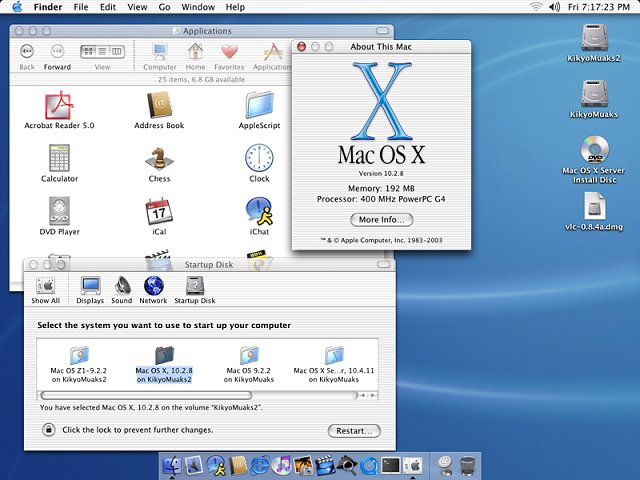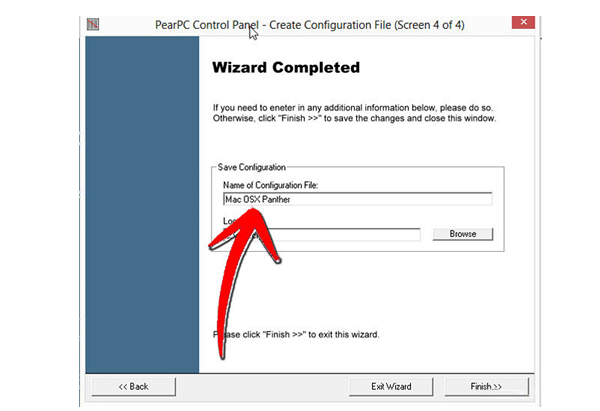

These changes were made during the era of Macintosh clones, to disassociate the operating system from Apple's own Macintosh models. System 7.5.1 is the first to include the Mac OS logo (a variation on the original Happy Mac startup icon), and Mac OS 7.6 is the first to be named "Mac OS". Starting with version 5, both are incorporated under a single "System Software" moniker. The early Macintosh operating system consists of two user-visible components, called "System" and "Finder", each with its own version number. 10.6 and later versions support only Intel processors. Both PowerPC and Intel processors are supported in version 10.4 ("Tiger", Intel only supported after an update) and version 10.5 ("Leopard"). OS X, which has superseded the "Classic" Mac OS, is compatible with only PowerPC processors from version 10.0 ("Cheetah") to version 10.3 ("Panther"). Mac OS 8.1 is the last version that could run on a "68K" processor (the 68040). As Apple introduced computers with PowerPC hardware, the OS was ported to support this architecture. VersionsĮarly versions of Mac OS are compatible only with Motorola 68000-family Macintoshes.
Pearpc mac os 10.0 upgrade#
The user's involvement in an upgrade of the operating system is also minimized to running an installer, or replacing system files using the file manager.
Pearpc mac os 10.0 software#
The core of the system software of early Macintoshes is held in ROM, with updates originally provided on floppy disk, freely copyable at Apple dealers. This would differentiate it from its contemporaries such as MS-DOS, which use a command-line interface consisting of tersely abbreviated textual commands. Many basic tasks that had required more operating system knowledge on other systems could then be accomplished by mouse gestures and graphic controls on a Macintosh. (June 2015)Īpple's original concept for the Macintosh deliberately sought to minimize the user's conceptual awareness of the operating system. Unsourced material may be challenged and removed. Please help improve this section by adding citations to reliable sources. Both legacies share a general interface design, and there has been some overlap of application frameworks for compatibility but the two systems have different origins and use deeply different architectures. Major revision 10, from 2001 to present, is branded OS X (originally referred to as Mac OS X). Up to major revision 9, from 1984 to 2000, it is historically known as Classic Mac OS. There are two architectural legacies of Mac OS. The Macintosh, specifically its system software, is credited with having popularized the early graphical user interface concept.

Referred to by its major revision starting with "System 6" and "System 7", Apple rebranded version 7.6 as "Mac OS" as part of their Macintosh clone program in 1996. The original operating system was first introduced in 1984 as being integral to the original Macintosh, and referred to as the "System".

for their Macintosh line of computer systems.
Pearpc mac os 10.0 series#
Mac OS is a series of graphical user interface–based operating systems developed by Apple Inc. OS X: Closed source (with open-source components)Ĭlassic Mac OS: January 24, 1984 38 years ago ( )


 0 kommentar(er)
0 kommentar(er)
